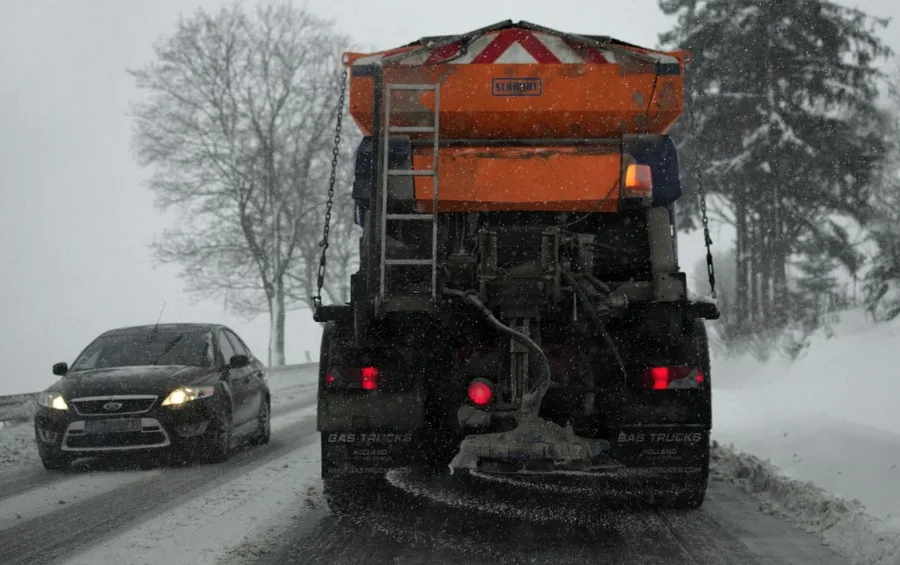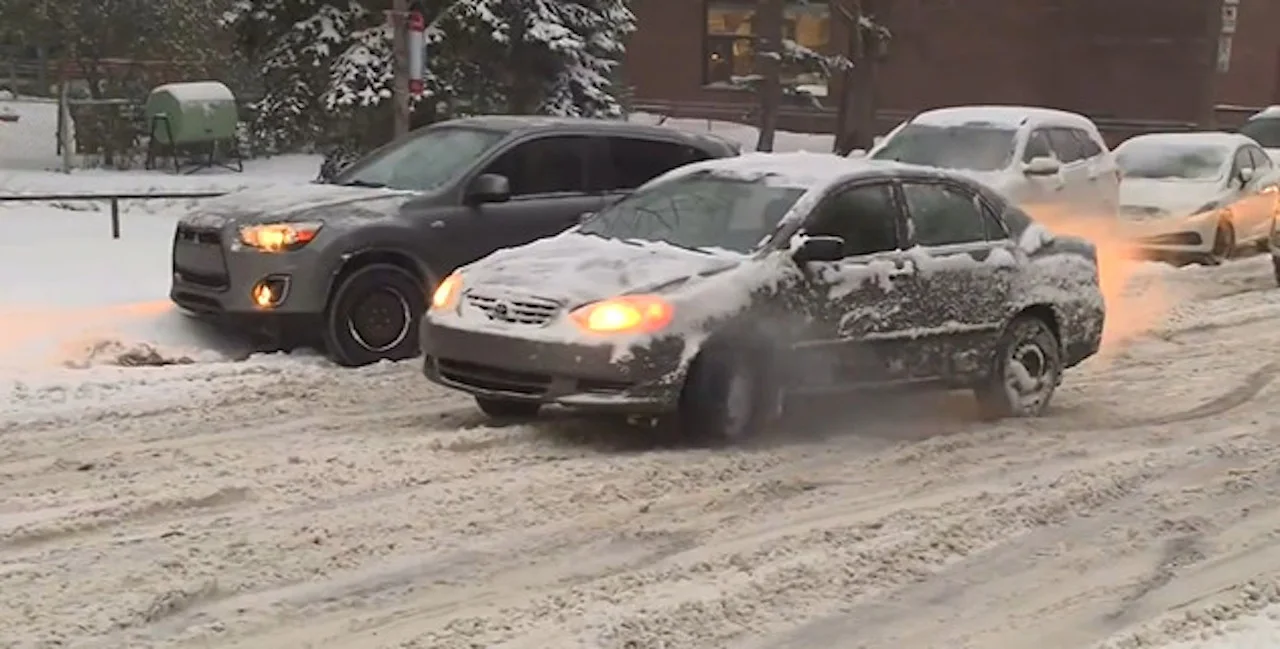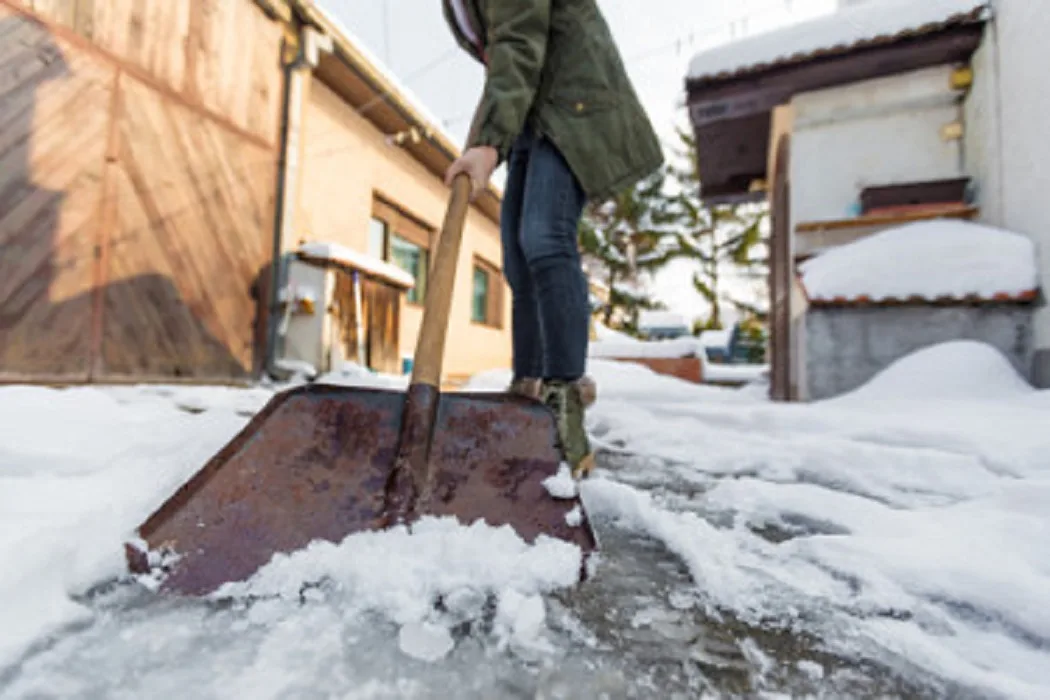
Why road salt isn't the best solution for removing snow and ice
Road salt doesn't always work when you need it to...and here's why
Road salt is commonly used throughout Canada to reduce or eliminate snow and ice on roads, sidewalks and driveways in the winter.
Exact usage in Canada can vary winter-to-winter -- depending on the severity and frequency of snowfalls and ice events in each province. In 2020-21, at least 4.7 million tonnes of road salt was used across the country, according to data provided to The Weather Network from Environment and Climate Change Canada (ECCC).
The total doesn't include users not covered by ECCC’s code of practice such as domestic, private or institutional consumers, road organizations using less than 500 tonnes per year and Quebec, since it has its own strategy that records amounts.
SEE ALSO: Triple-dip La Niña and polar vortex to deliver a frigid start to winter
However, it's not always guaranteed to be an effective way to clear our roadways. The idea that salt will automatically melt the ice you put it on is not actually true, according to The Weather Network Storm Hunter and meteorologist Mark Robinson.
Instead, what salt actually does is drop the temperature at which water freezes. So, when you spread it on the ground, unless it’s warm enough to have some water there, nothing is going to happen.
“If you think about temperatures -10°C to -20°C, this may have no effect whatsoever. You need the teeniest, tiniest bit of water to start the dissolving process. Then that saltwater will get underneath the ice and begin the melting process," said Robinson.
WATCH: Why do we use road salt to melt snow and ice?
Damage to vehicles, infrastructure
Due to the combined effects of the chemical reactions of the salt and time, the more road salt that will come into contact with your vehicle, meaning the chances of it getting rustier increases, according to Bridgestone Tires.
This happens for many reasons. These include:
• Water from precipitation puts oxygen and carbon dioxide in contact with metal car parts
• Free-floating ions in road salt come in contact with the water. These ions speed up the formation of iron oxide
• Rust starts forming, since rust is simply a layer of iron oxide that appears after extensive exposure to oxygen. The addition of salt and water just makes the rusting process occur faster than normal conditions allow
So, how do you avoid reducing the amount of rust to your car from road salt?

(The Weather Network)
DON'T MISS: Why rust is the No. 1 killer of cars in Ontario, according to experts
Bridgestone says the most ideal option is to wash and wax your car frequently – especially before and during winter. The more frequently you wash and wax, the more salt you will remove. Sealing your undercarriage helps, too.
It’s often hidden parts of your car that snow salt can damage the most. In the fall, prior to roads beginning to get icy, you should talk to a car expert about sealants and other preemptive precautions for road salt.
It's not only cars you have to worry about incurring damage from the salt. The traffic infrastructures can also suffer some corrosion from chemicals.
Road salt can also seriously compromise bridges, parking garages, railroads, and other public transportation infrastructures. The corrosion damage is estimated to cost the highway and automobile industries anywhere from $3.5 billion to $7 billion a year in the United States.
Environmental impacts

Road salt being spread on the sidewalk. (Mark Robinson/The Weather Network)
Robinson said road salt is the "cheapest material that we’ve managed to find" that can be widely used. But the problem is that it has a significant impact on the environment (in addition to the financial cost), mainly from the inevitable melt that occurs in the spring.
"When we have a big melt, all of that saltwater goes into our lakes and streams. Because we have freshwater lakes and streams, it is very, very bad to have that much salt going into the water, especially in the springtime," said Robinson.
"For now, get out there and spread it. Just keep in mind, if it’s too cold, it’s not going to work.”
Alternatives that work just as well as road salt
Greenmoxie -- an environmental blog that provides eco-living tips -- has some environmentally friendly alternatives to road salt.
Pickle brine The brine from pickling helps melt ice and snow. Pickle brine use means that four to 29 per cent less chlorine is added to our waterways. Add a glass of sugar beet juice to get the ultimate de-icer.
Urea This is a natural de-icer, and while it won’t hurt your pets, corrode your metal or pit your concrete, it can be bad for your plants, so avoid using it near the garden.
Alfalfa meal It’s completely natural and is usually used as a fertilizer. It’s grainy, so it will provide traction and is extremely effective when used in moderation.
Sugar beet juice The juice from sugar beets lowers the melting point of ice and snow, helping to clear your driveway. It’s also used to melt ice and snow on municipal roads in some areas. It’s safe for animals, people, metals, concrete and plants.

Sand, ash from the fireplace or coffee grinds Sprinkle these over your icy surfaces to provide traction and the darker colours will absorb more heat and help melt snow and ice.
White vinegar and water window de-icer recipe Mix three cups of white vinegar with one cup of lukewarm water in a spray bottle and spray on icy windows.
And last but certainly not least, don't forget the most traditional way -- shovelling.
A good shovel will clear your driveway while giving you a solid workout. It’s the most natural, environmentally friendly and green way to get rid of your icy bits this winter.
WATCH: When (and how) to get your car ready for winter
Thumbnail courtesy of Pixabay/Jerzy Gorecki.
Follow Nathan Howes on Twitter.
